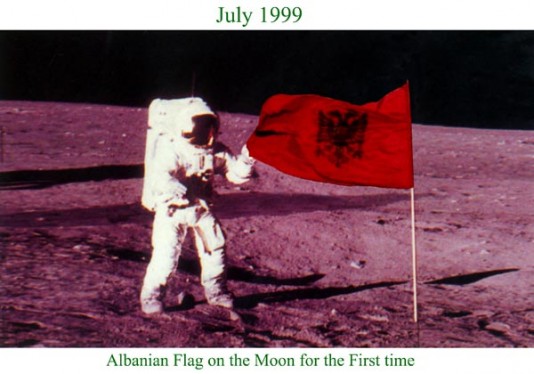Mexico, Visual Arts, 2011
Mariana
Castillo Deball
It begins with a story. A time before now and, in the end, the difficult and impossible access to it. It begins with the work of Mariana Castillo Deball, with that what once was and still continues to be what it is: about memory and archaeology, about museums and exhibitions, about archaeological finds and their displays, in brief: about the modus of approach, the mechanism of positioning of the production of knowledge, with which the present is constituted by the past.
For her large-scale project Estas ruinas que ves (2005), consisting of an audio guide, the accompanying publication, and an exhibition in the Museo dell Arte Carillo Gil in Mexico City, Deball engaged less with the Meso-American archaeological finds, which seemed to be the center of focus in the beginning, but more with the politics of their classification and presentation. By appropriating the modus operandi of the museums and its vehicle of communication, Deball’s meta-exhibition tells a story by means of didactic materials pulled out of the archives, their old casts and models of statues and found photos and texts, less about what is shown than about how it is displayed. What becomes visible, as Jesse Lerner describes it in the introductory essay to Deball’s project is “the negative space that surrounds the exhibited objects,” a space ideologically charged, in which the past becomes a blind spot and projection screen for the present.
What was realized in this project on a large scale, functions in the smaller works as well, like in the silhouette The stronger the light your shadow cuts deeper (2010) focused on the goddess figure of Coyolxauhqui, representing the moon in Aztec mythology. Deball starts off with a found sculpture of this figure, found in 1978 during road construction, and translates it into a filigree and loosely wall-hung silhouette. The sculpture literally loses its sculptural solidness and becomes an empty and fillable form. Material that, once in the hands of interpretation, can be appropriated, distorted, and bent.
Again and again, Deball puts the “found” material back into itself and implements techniques in a self-referential loop. She employs typical artistic methods such as site-specific practices and institutional critique combined with approaches to archaeology, literature, and science. In such a constituted field of tension, she is not only able to make statements on a structural level about the production of knowledge, but also to meet an unknowable past through a transparency. Moreover, she sketches out the birth of history from the Geist of the past.



